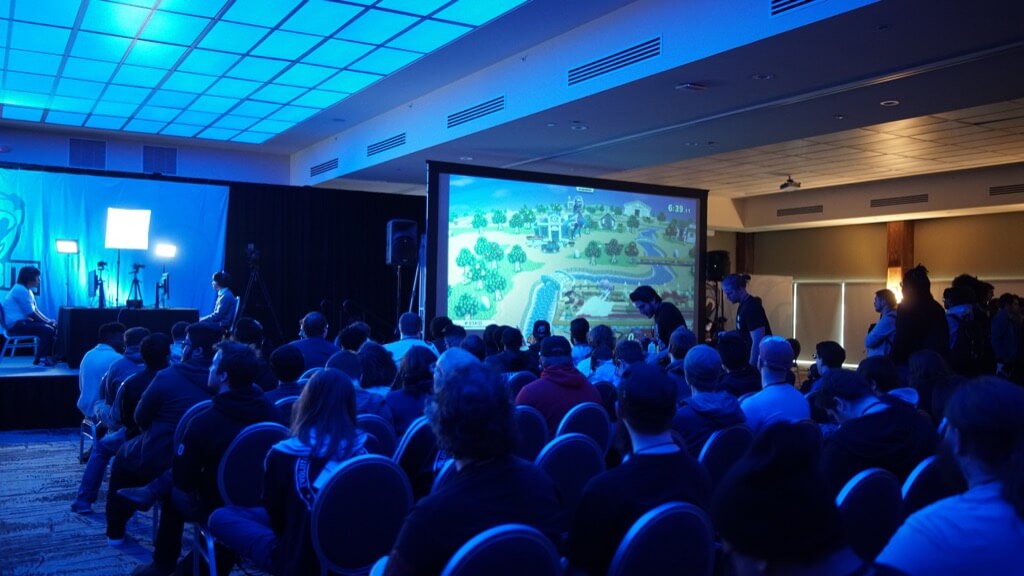Starting Modest with DVD Rentals
In the late 1990s, if you mentioned Netflix to anyone, they’d associate it with DVD rentals by mail. Imagine a service wherein you’d choose a list of movies, receive DVDs by post, watch at your leisure, and return them for the next ones on your list. For many, it was a revolutionary break from the traditional brick-and-mortar video rental stores. While competitors saw the DVD-by-mail model as Netflix’s core business, in reality, it was just the beginning of a grander vision.
Embracing Technology: The Shift to Streaming
As broadband internet became more accessible to households around the globe, Netflix recognized the potential of streaming. Around 2007, they launched a streaming service alongside their DVD rental business. While initially met with skepticism, as broadband speeds increased, so did the demand for instant, high-quality streaming. The decision to pivot to this model wasn’t without its challenges. It required immense bandwidth, technology infrastructure, and a shift in content licensing. But it was a bet on the future, and if you’ve logged onto Netflix recently, you’d know that it’s a bet that paid off handsomely.
The Importance of Original Content
There’s a good chance that your favorite show or film is a Netflix original. Recognizing that relying solely on licensed content from other providers was a potential vulnerability, Netflix started investing heavily in producing their own content. From dramas to documentaries, they’ve covered it all, often with resounding success. This decision not only diversified their portfolio but also provided them with a competitive edge, setting them apart in an increasingly crowded market.
Adapting to Global Tastes
Netflix understood that their growth was not just in English-speaking regions but across the globe. By investing in local content from countries as diverse as India, Brazil, and South Korea, they tapped into local tastes and cultures. For you, the viewer, this meant an array of international content at your fingertips. The genius in this approach was two-fold: appeasing local subscribers while introducing international content to viewers worldwide, further solidifying their global appeal.
Netflix’s Astute Transition to the Digital Era
In the twilight of the 1990s, Netflix emerged as a novel DVD-by-mail rental service. By 1999, in a bold strategic decision, they shifted their business model from pay-for-use to a subscription-based system. This move not only revolutionized how people rented DVDs but also laid the foundation for their future innovations.
Fast-forward to 2007, as high-speed internet connections became commonplace, Netflix astutely leveraged digital advancements by introducing its streaming service. This wasn’t just another addition to their services; it fundamentally changed the way millions unwind and entertain themselves. The transition from physical DVDs to online streaming symbolizes Netflix’s capacity to foresee industry trends and adapt swiftly.
But their strategic evolution didn’t stop there. Being at the vanguard of industry changes, Netflix smoothly transitioned from a mere streaming platform to an award-winning content producer. Today, when you enjoy their original content, you’re witnessing the culmination of years of innovation, forward-thinking, and a series of well-executed pivots. These decisions, deeply rooted in understanding viewer preferences and technological shifts, have cemented Netflix’s position at the helm of the entertainment industry, even in regions like South Africa where diverse content consumption is on the rise.
Market Research Platforms Understanding your market and audience preferences is crucial. Tools like Statista or Nielsen can provide comprehensive insights on market trends, allowing businesses to adjust strategies akin to how Netflix noticed the shift towards streaming.
Consumer Feedback Software As Netflix made its transition, customer preferences were invaluable. Platforms like UserVoice or SurveyMonkey help businesses collate and analyze consumer feedback, ensuring that shifts align with what the customers actually want.
Digital Transformation Roadmaps For a smooth pivot, having a structured roadmap is pivotal. Tools like Smartsheet or Trello offer structured platforms for planning and executing digital transformation strategies, ensuring steps are logical and traceable.
Content Delivery Networks (CDN) When Netflix moved to streaming, efficient content delivery became paramount. Investing in CDNs like Akamai or Cloudflare helps ensure that online content is delivered quickly and reliably to a global audience.
Data Analytics Platforms To monitor success and tweak strategies, platforms like Google Analytics or Tableau allow businesses to understand user behavior and content consumption. By analyzing this data, companies can adjust their content strategies, much like how Netflix uses data to decide which shows to produce or promote.
In the intricate dance of business evolution, few have maneuvered as deftly as Netflix. From its origins as a DVD-by-mail service to its meteoric rise as a streaming titan, its journey epitomizes the essence of innovation and foresight. At each critical juncture, Netflix made strategic decisions – whether it was the early adoption of a subscription model, the foresight to pivot to streaming, or the ambition to produce award-winning content. Each of these milestones weren’t just about corporate growth; they were about understanding you, the audience, and evolving with your changing needs and habits.
But, as with all great success stories, the path wasn’t devoid of challenges. The real magic lay in Netflix’s ability to forecast the winds of change and adjust its sails timely, a lesson many businesses can draw inspiration from. As you navigate your own challenges, remember that understanding market shifts and embracing innovation isn’t just about staying relevant; it’s about thriving in a constantly changing landscape. We invite you to share your thoughts, experiences, and insights on this journey of Netflix. Your engagement enriches the dialogue, making it a shared learning experience for all.

